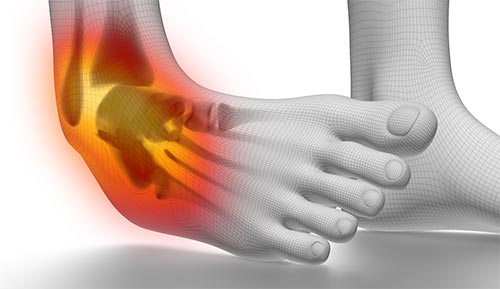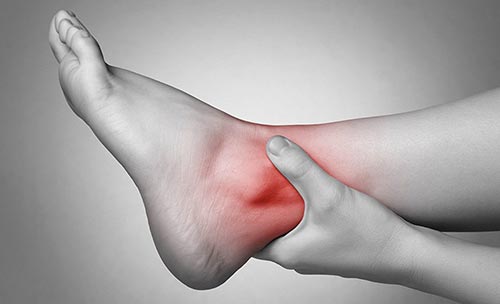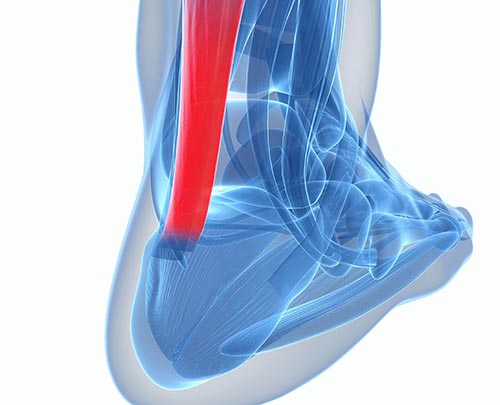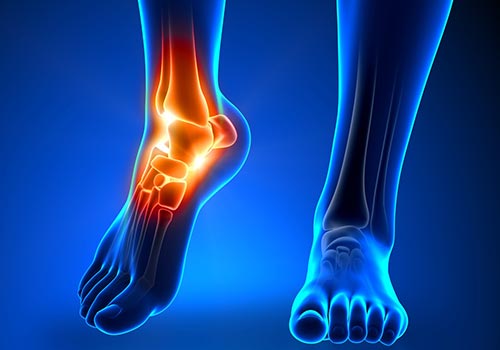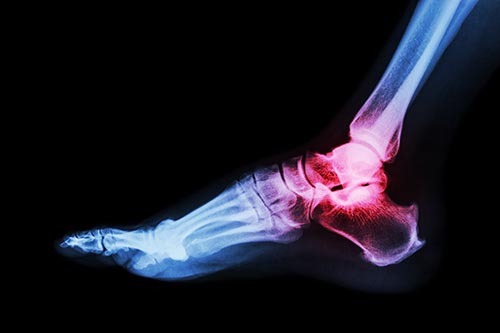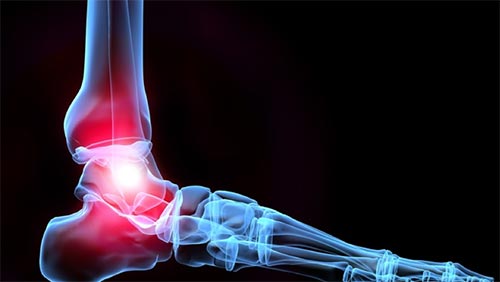Unstable Foundations
We know how irritating foot and ankle pain is. It's almost impossible to get through the day without pain. Ankles and feet are foundations of movement so simple activities like standing, walking, climbing steps or balancing become problematic when pain is involved. Symptoms present in a variety of ways:
- Foot/heel hypersensitivity
- Sharp pain when walking
- Frequent ankle sprains
- Feeling of instability on uneven surfaces
- Limping and painful walking
The main types of ankle pain
A Step in the Right Direction
We have successfully treated hundreds of ankles and feet by gradually exposing it to the right stuff. Eliminate excess stress on the foot structures is important whether its recovering from surgery, sports injury, or tendon changes that occur over time.
Calm Tissues Down, Build em back up
Over the past 20 years, we have been able to provide our ankle patients with an individualized recovery plan by following a very simple formula: “Calm it down then build it back up”. This is done by following 4 progressive steps:
1
Protect
Don’t try to push through pain.
Apply over the counter ankle brace, compression sleeve, KT tape.
2
Correct
Don’t stay in one position longer than 20 minutes.
Gentle use massage stick to the upper thigh and calf.
3
Activate & Load
Squeeze your upper thigh muscle above you knees for 30 seconds.
Take a 15 minute walk 2x day.
4
Physical therapy
Stepping Into Action
Your ankles and feet are masterpieces of design. They are meant to be loaded and weight bear. Ankle stability and strength with improve over a few weeks after following our proven step by step recovery strategies. After a few visits, you will gain confidence to squat lower, climb stairs, and even kneel with less pain. Hiking, jogging, and working out will soon be part of your weekly routine again.

